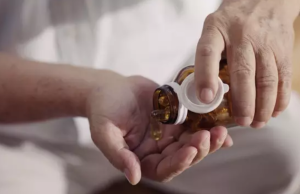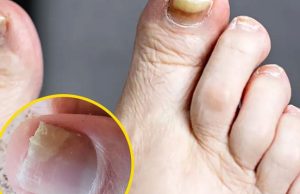
Some experts claim various health benefits of alkaline water… they say it can help slow the aging process, regulate your pH level, and even prevent chronic diseases like cancer. But what’s really an alkaline water?
“Alkaline” as stated in the actual name, it refers to the pH level, and pH level is a number that evaluate how acidic or ‘alkaline’ a substance is on a scale from 0-14. If 1 is highly acidic, then pH of 13 is very alkaline.
Alkaline water has a higher pH level than regular drinking water. Because of this, some advocates of alkaline water believe it can neutralize the acid in your body. Normal drinking water is generally a neutral pH of 7. Alkaline water generally has a pH of 8 or 9.
Why does this matter? Simple, the more acidic your body the more likely you are to experience fatigue, digestive issues and weight gain.
In addition, if the environment in our bodies is too acidic for too long, our otherwise healthy cells can become toxic and in the worst case scenario become cancerous.
ALKALINE WATER: HOW IT ALL WORKS
Our bodies are designed to thrive in a slightly alkaline environment of 7.4.
Various organs and systems, however, thrive with different pH levels. For example, your saliva has a pH range from 6.5-7.0 (more acidic in order to help digest foods), your skin typically has a pH of 5 (although, according to a 2006 study published in the International Journal of Cosmetic Science, it should actually be lower—4-4.5—as this allows the bacteria required to help heal and fight off infections, live on your skin).
And, as you can imagine, the pH of your digestive tract can vary anywhere from 1.5-7.0, which is dependent on many things, but especially, the food you eat.
WHY ALKALINE IS SO IMPORTANT
We have known for a century that food can determine our overall pH levels, hence our overall health. In 1931, Dr. Otto Warburg, won the Nobel Prize in Physiology or Medicine for his discovery that 90-95 percent of all cancers are caused by an acidic environment and that cancer simply cannot grow or survive in an alkaline environment (your body) when your pH is around 7.36.
Since then, studies have determined the various pH levels of foods and drinks and how they react in the human body, either contributing to its alkalinity or acidity.
As Warburg pointed out almost 100 years ago, over-acidity (acidosis) is linked to not only the formation of cancer but as well heart disease, diabetes, and osteoporosis, and almost every chronic disease people typically suffer from today.
HOW TO MAKE ALKALINE WATER
Ingredients:
– 1 organic lemon (it is important to use only organic lemons as they are pesticide-free)
– 2 L of purified water (an osmosis filter is good if you have one, but water that is free of all chemicals and additives is the goal)
– 1 tablespoon Himalayan salt (which you can find at most health food stores)
– 1 large glass jar (it must be glass as plastic contains chemicals and impurities that are acidic to your body)
Directions:
– Fill the glass jar with the water
– Slice the lemon and add it to the water. (do not squeeze out the juice)
– Add the Himalayan salt.
– Cover the jar and leave it at room temperature for 12-24 hours.
After the water has had time to sit, drink 3 glasses of this alkaline water on an empty stomach. It is always best to do this first thing in the morning before you start your day or put anything else in to your body.
You can also drink alkaline water throughout the day. Over time, you will begin to see a difference in how you feel (more energy), your skin will become clearer, and your brain more alert—you will generally feel more alive.
If you couple this with a healthier diet, one in which you avoid processed foods, sugar and additives, it won’t be long before you begin to see a healthier (more alkaline) you.




















